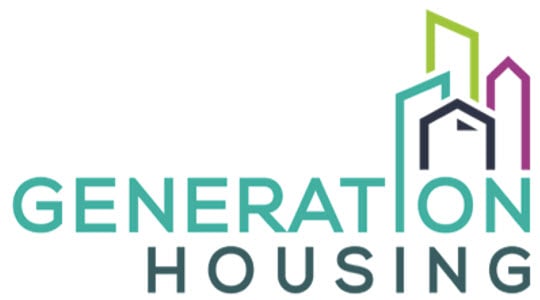The Challenge
We have an opportunity to increase the supply of housing in the North Bay.
80% of Ridgway High School seniors are raising their hands and telling us that they are worried they can’t afford to stay in the North Bay.
We need to create great
housing options —
for them and for everyone.
Ensuring that we have a diverse mix of homes in the North Bay actually protects the health of our community. We all thrive when the North Bay is not only a beautiful place to live but is a healthy, stable place to live. With so many of our friends, family and neighbors leaving because they can no longer afford to live here, our communities are becoming more transient jeopardizing the economic vitality and community health of the place we love.
Housing intersects with every part of our community.

The state of our community’s housing resources is inextricably linked with the strength of our economy, education, health, and environment.
The availability of safe, stable, and affordable housing for our community members is a critical driver for individual economic opportunity, better educational performance, and improved health outcomes. Well-planned affordable housing is a boon for the environment – decreasing our carbon footprint and preserving our open space.

Education
Safe, stable, and affordable housing sets children up for academic success—reducing absences and improving task persistence. Affordable housing is necessary to attract and retain high quality teachers and school staff.
Improving school performance – through higher performing students and superior staffing – in turn improves neighborhood desirability and property values. And higher individual educational attainment is a net gain to the local economy.

Economy
The availability of safe, stable, and affordable housing, allows our community members to focus their time and resources on upward career and economic mobility, supporting and investing in local businesses, improving family education and wellness, and engaging civically and culturally. When our residents prosper, so does our community.
Better housing resources empower local employers to attract and retain a skilled workforce, which in turn attracts business to our area. Our local economy will continue to grow if we can attract and retain young professionals and business owners as our community ages. Housing development and construction itself can boost our local economy.

Health
Having a safe, stable, and affordable home has a profound, positive impact on individual health outcomes. Housing is a basic human need, and having that fulfilled allows residents to meet their other basic needs, shifting their health focus from physical and mental illness to creating and nurturing wellness.
Improving the housing market increases competition for renters, incentivizing landlords to make improvements that reduce environmental toxins like lead paint and poor indoor air quality from factors like mold and inadequate heating or cooling. New developments must adhere to modern, more health- and environmentally-friendly building codes.
Healthy community members cost the community less in safety-net services and are better able to contribute to the local economy.

Environment
Affordable housing can be a boon for our local environment. Affordable, transit-oriented housing reduces the number of individuals commuting, their commute time, and local traffic. Fewer people driving, and driving less can dramatically reduce a locality’s carbon footprint and greenhouse gas emissions. Thoughtful, transit-oriented development can increase housing stock while combatting sprawl, and preserving our open spaces.
New developments must adhere to modern, more energy-efficient and generally environmental-friendly building codes and can benefit from governmental incentives to build even greener than required. More housing stock increases competition for renters, incentivizing landlords to improve the efficiency of their units.
Median Home Value
The median value of a home in Sonoma County is $565,200 compared to the national median value of $205,000.
Median Rent
The median gross rent in Sonoma County is $1,562 per month, compared to $981 nationally.
Where our Workforce lives
31.4% of our local workforce commutes here to work. This hurts our local economy, increases traffic and our local carbon footprint, and negatively impacts the health and educational outcomes of those workers and their families.
Shortage of Units
More than 30,000 units are currently needed in Sonoma County, which would be 6,000+ per year, but the County is currently only permitting an average of 880 units per year (Sonoma County Recovery and Resiliency Framework).
Housing Costs Burden
57% of our community’s renters and 41% of our community’s homeowners pay more than 30% of their income for housing. This is highest percentage of cost-burdened residents of all 9 Bay Area counties – including San Francisco!
